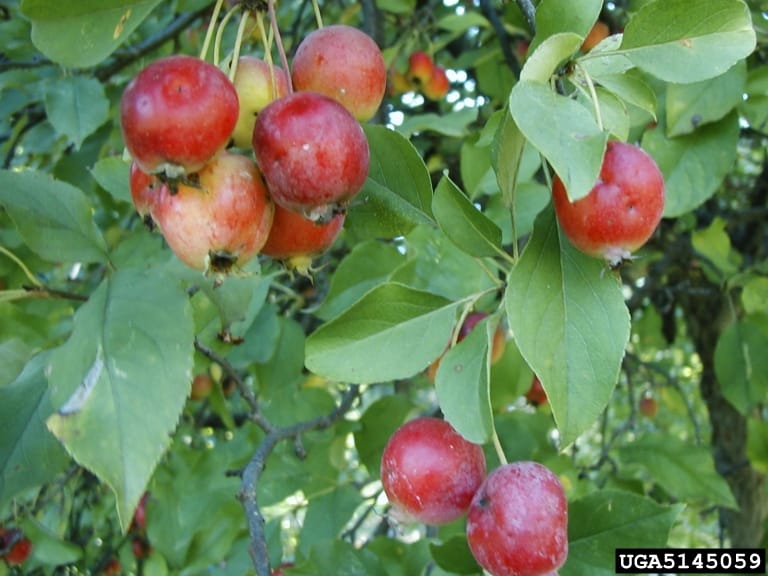Information taken from the UGA publication, Ornamental Plantings on Septic Drainfields by Sheri Dorn, Extension Horticulturist
Ornamental landscape plants are broadly grouped into two categories: woody ornamentals and herbaceous ornamentals. Woody plants usually have larger root systems than herbaceous plants and are more likely to interfere with septic drainfields.
Install woody plants an appropriate and safe distance from the septic drainfield. A good rule of thumb is to use the ultimate mature height of the selected tree as the minimum planting distance from the septic drainfield, then increase the distance. For example, if you are planting a crabapple, plant the tree at least 25 feet from the nearest drain line; 50 to 75 feet would be even better. Consider planting smaller and less aggressive cultivars, if possible.
Herbaceous plants, on the other hand, die back to the ground during the winter and include annuals, perennials and turf. Perennials, including turf, will return the next year from their roots, but annuals will have to be planted fresh each year. These plants are usually smaller in size and their root systems tend to be shallower and less aggressive than those of woody plants.
Both woody and herbaceous plants can be used when landscaping on septic drainfields as long as a few guidelines are followed. Remember that septic drainfield lines are often very shallow, some no more than 6 inches from the surface. Excessive digging, rototilling or other methods of soil preparation for planting can damage these lines.
Don’t choose plants that typically thrive in wet locations. When tree roots invade these septic drain lines, the extra moisture and nutrients favor root and plant growth, and lines become clogged and damaged.
Trees to Avoid on Septic Drainfield Plantings
- Willow (Salix spp.)
- Birch (Betula spp.)
- Magnolia (Magnolia spp.)
- Poplar (Populus spp.)
- Elms (Ulmus spp.)
- Some maples (Acer rubrum, Acer saccharinum)
Find other information on planting near septic fields in the UGA publication, Ornamental Plantings on Septic Drainfields by Sheri Dorn, Extension Horticulturist
